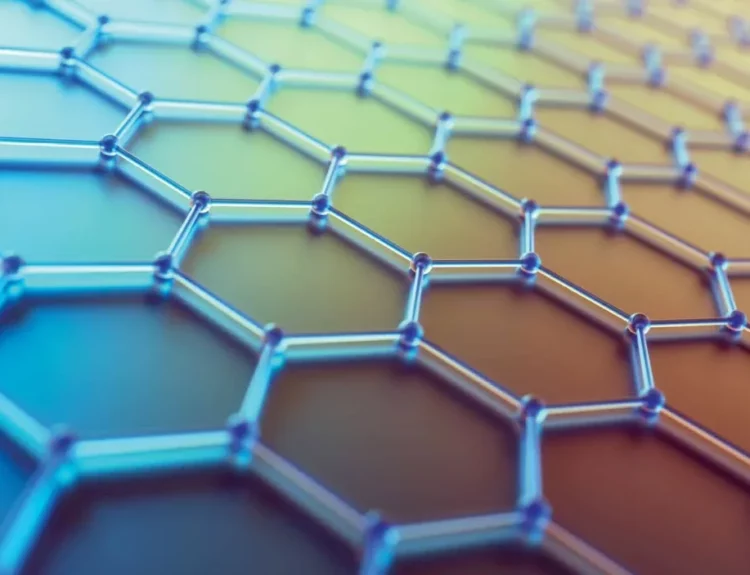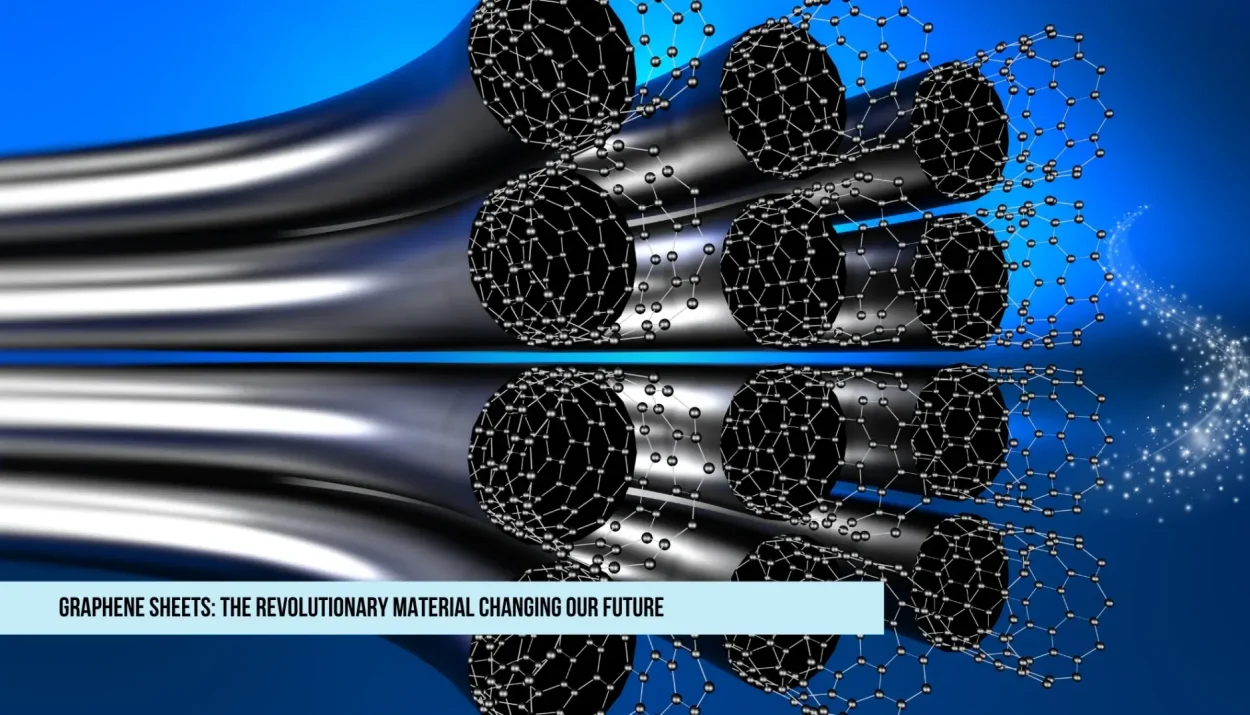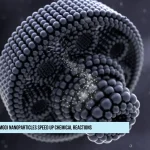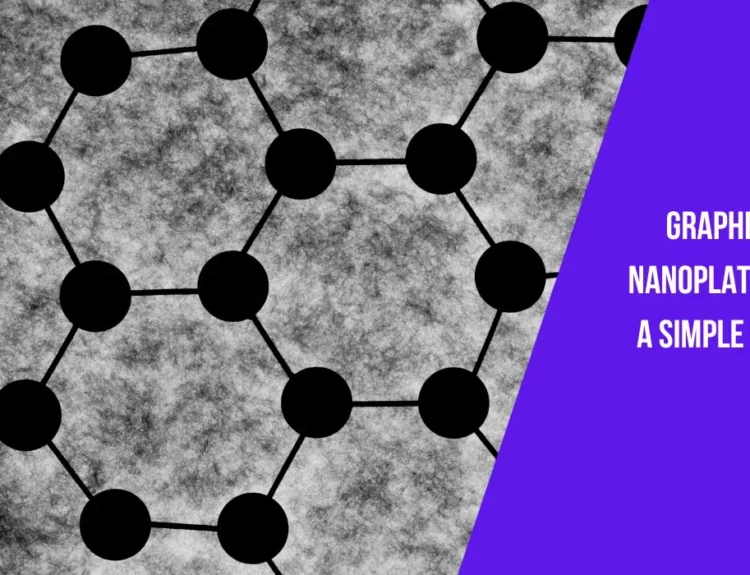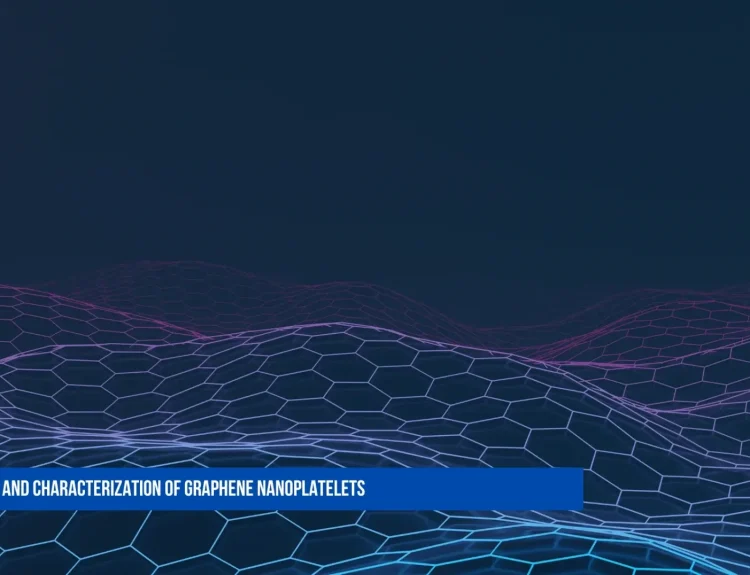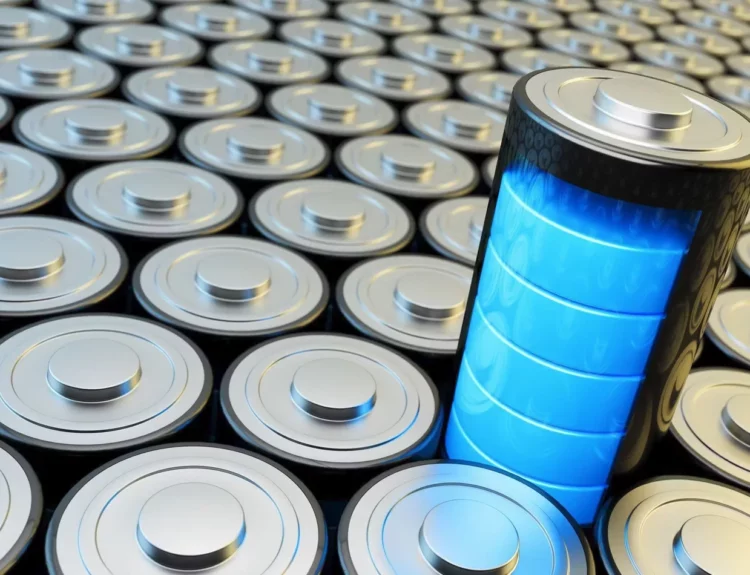Introducing Graphene Sheet The Wonder Material
Imagine a material that’s:
- 200 times stronger than steel
- Lighter than paper
- More conductive than copper
- Nearly transparent
- Flexible like plastic
This isn’t science fiction—it’s graphene, a single layer of carbon atoms arranged in a honeycomb pattern. Graphene has promised to revolutionize industries from electronics to medicine since its isolation in 2004 (earning a Nobel Prize).
What Makes Graphene Sheets So Special?
Unmatched Physical Properties
- Thickness: Just one atom thick (0.34 nanometers)—the world’s first 2D material.
- Strength: 200x stronger than steel—a sheet could hold an elephant without breaking.
- Flexibility: Can stretch up to 25% without damage.
Superconductivity
- Electrons move 100x faster than in silicon (the basis of modern chips).
- Could enable ultra-fast processors, lossless power lines, and quantum computing.
Thermal & Optical Properties
- It’s the best heat conductor (even better than diamond).
- It absorbs only 2% of light, ideal for flexible displays and solar panels.
Impermeability
- No gas or liquid can pass through—potential for unbreakable coatings and water desalination membranes.
How Are Graphene Sheets Made?
Mechanical Exfoliation (“Scotch Tape Method”)
- Original Nobel Prize-winning technique—peeling layers from graphite using adhesive tape.
- Pros: High-quality graphene.
- Cons: Not scalable.
Chemical Vapor Deposition (CVD)
- Grows graphene on copper/nickel foils in high-temperature chambers.
- Used for flexible electronics, touchscreens, and sensors.
Chemical & Thermal Reduction
- Converts graphite oxide into graphene (cheaper but lower quality).
- Common for conductive inks and composites.
- Real-World Applications
Energy Storage
- Supercapacitors: Charge in seconds (for EVs and phones).
- Batteries: 10x longer life (used in Tesla and Samsung prototypes).
Electronics
- Foldable phones (Samsung, Huawei).
- Ultra-fast chips (replacing silicon by 2030).
Transportation
- Lighter, stronger cars (Toyota testing graphene-reinforced frames).
- Rust-proof coatings for ships and bridges.
Medicine
- Biosensors (detect diseases early).
- Neural implants (for paralysis treatment).
Environment
- Water filters (remove salt and pollutants).
- CO₂ capture (graphene membranes absorb greenhouse gases).
Conclusion
Graphene isn’t just a lab curiosity—it’s the future material. While we’re still perfecting production, its potential to transform energy, tech, and medicine is undeniable.
